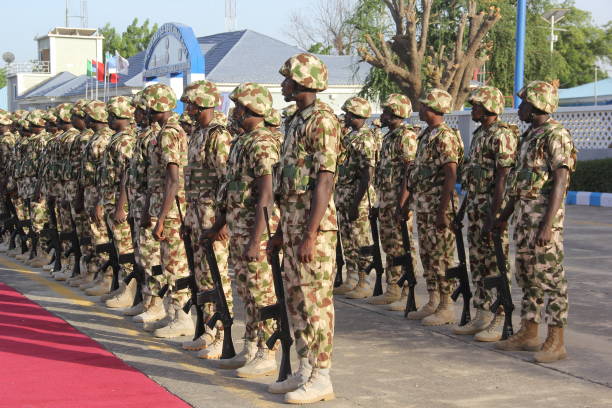Experts Design New Methods for Military Engagements
In response to escalating security challenges in Zamfara State, experts have developed innovative strategies for military engagements aimed at enhancing the effectiveness of operations and ensuring the safety of civilians.
These new methods are tailored to address the unique security dynamics in the region and are expected to significantly improve the outcomes of military interventions.
Context and Need for New Strategies
Zamfara State has been plagued by various security threats, including banditry, kidnappings, and clashes between local communities. Traditional military approaches have often struggled to effectively curb these issues due to the complex terrain and the decentralized nature of the threats. In light of these challenges, security experts have devised new tactics to bolster the capabilities of military forces operating in the area.
Key Components of the New Military Strategies
- Intelligence-Driven Operations
The new methods emphasize the importance of gathering and analyzing intelligence to guide military actions. This approach ensures that operations are based on accurate and up-to-date information, enabling targeted and efficient interventions.
- Community Engagement
Recognizing the critical role of local communities in security efforts, the new strategies incorporate measures to build trust and cooperation between the military and civilians. This includes establishing communication channels and involving community leaders in security planning.
- Use of Technology
Advanced technologies such as drones, surveillance systems, and data analytics are being integrated into military operations. These tools enhance situational awareness, facilitate real-time monitoring, and improve the precision of military actions.
- Rapid Response Teams
The new approach includes the formation of specialized rapid response teams capable of quickly mobilizing and addressing emerging threats. These teams are equipped with the necessary resources and training to respond effectively to various security incidents.
- Training and Capacity Building
Continuous training programs are being implemented to enhance the skills and capabilities of military personnel. This includes training in counterinsurgency tactics, urban warfare, and human rights compliance.
- Multi-Agency Collaboration
The strategies promote closer collaboration between different security agencies, including the police, intelligence services, and local security outfits. This integrated approach aims to create a unified and coordinated response to security challenges.
Expected Outcomes
The adoption of these new methods for military engagements in Zamfara State is expected to:
- Enhance the effectiveness and efficiency of military operations.
- Reduce the incidence of violent attacks and improve overall security in the region.
- Strengthen the relationship between the military and local communities.
- Minimize civilian casualties and collateral damage.
- Promote sustainable peace and stability in Zamfara State.
Conclusion
The development of new methods for military engagements in Zamfara State marks a significant step towards addressing the persistent security challenges in the region. By leveraging intelligence, technology, community engagement, and multi-agency collaboration, these strategies aim to create a safer and more secure environment for the residents of Zamfara State.
